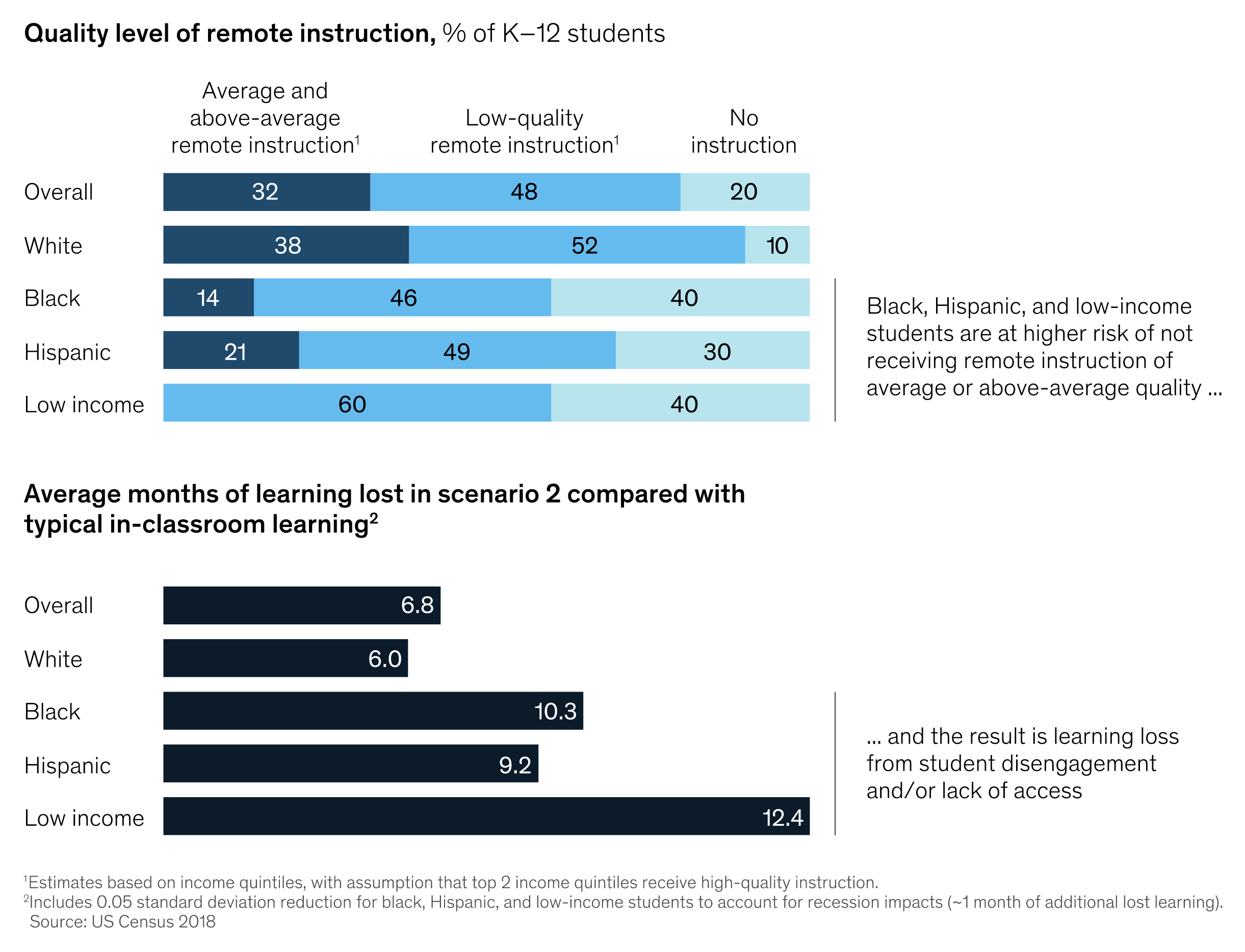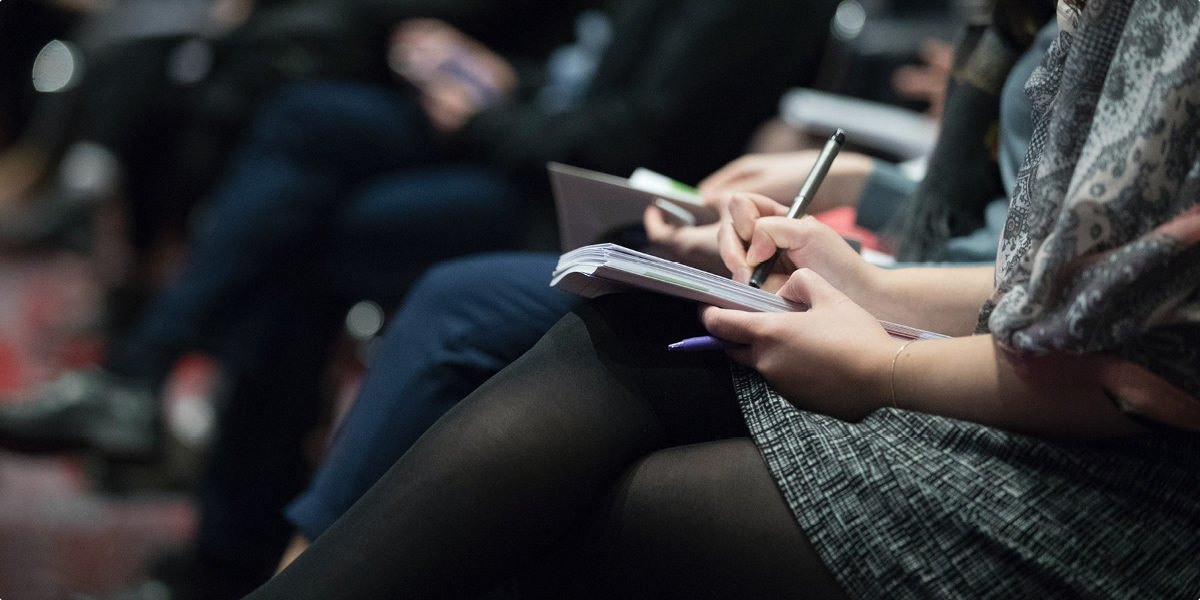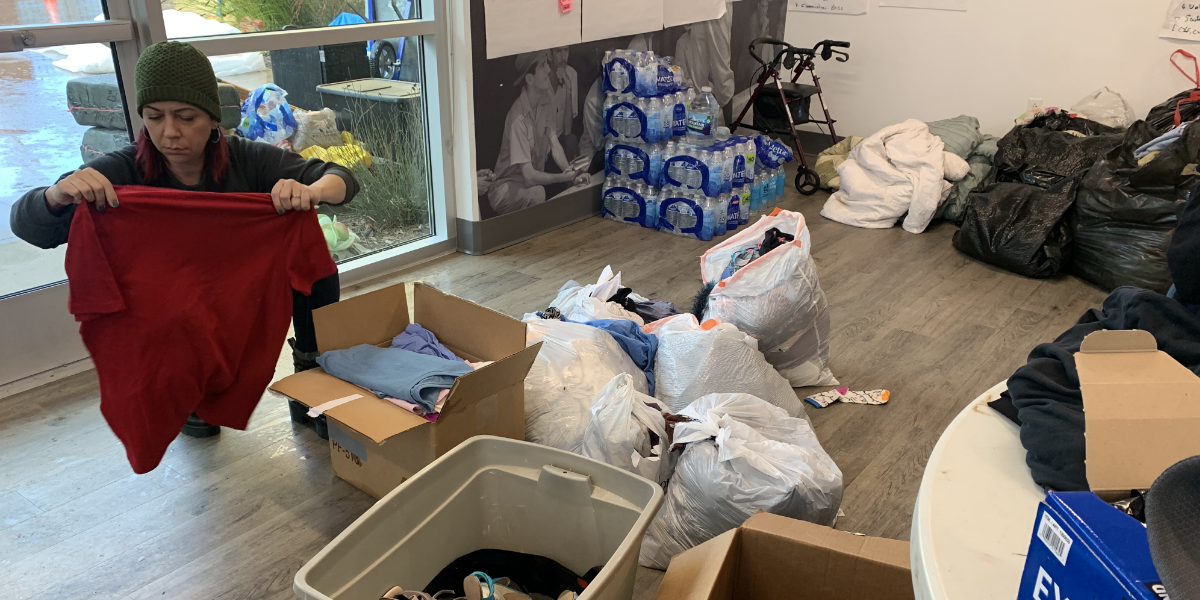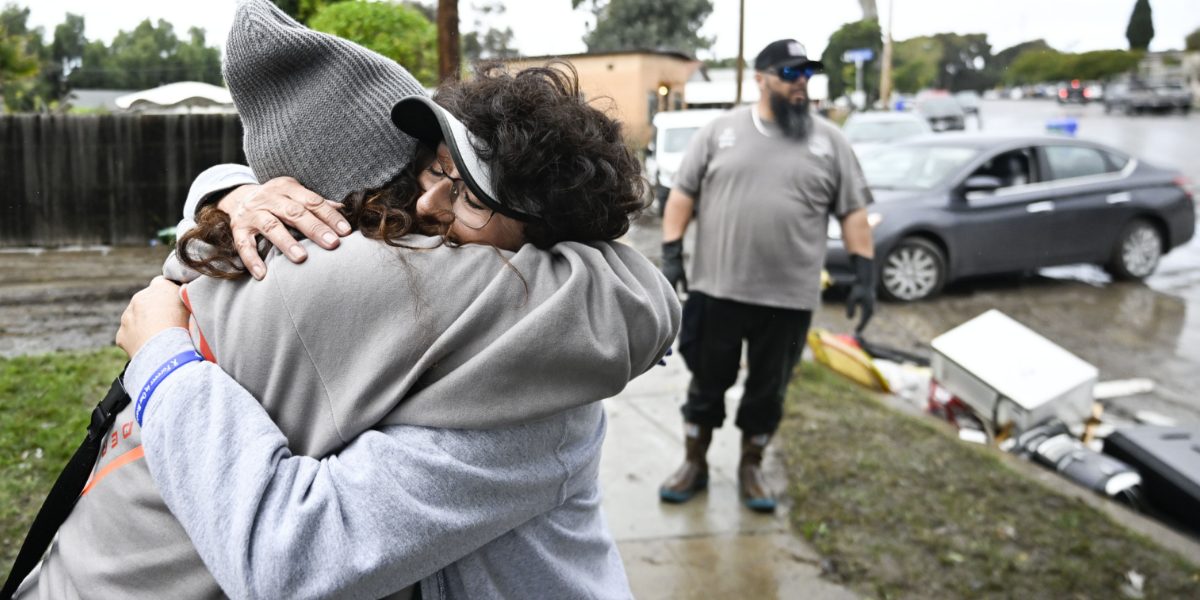What does equitable distance learning look like?
The COVID-19 pandemic thrust students, parents and teachers into a remote learning environment, elevating racial and socioeconomic inequities that have been brewing in San Diego communities for years.
Low-income students like South Bay high school senior Isaac Lozano are forced to work in crowded apartments with limited access to computers and the internet. While they struggle to find conducive schoolwork environments at home, they also worry about their parents being exposed to the coronavirus as essential workers.
A recent study from the University of Southern California on Connected Communities and Inclusive Growth shows North County and coastal communities have the highest percentage of households with access to computers and broadband internet, while South County and rural areas have the lowest percentage of households with access.
Students like Lozano are resilient, but learning barriers are compounded by regional trends in unemployment and COVID-19 cases, which have disproportionately impacted Black and Hispanic communities, and constrained income as measured by free and reduced-priced meals at school (FRPM).
The digital divide is clear.
And while providing computers and internet connectivity is an important component to bridging the digital divide during COVID-19, it’s not enough.
Addressing Distance Learning Challenges
For distance learning to be equitable, three things must happen:
- Teachers must have training
- Parents and caregivers must have resources
- Students must have supportive learning environments
That’s according to the San Diego Equitable Distance Learning Taskforce, which is co-chaired by COVID-19 Community Response Fund grantee Classroom of the Future Foundation and San Diego for Every Child, in conjunction with the San Diego County Office of Education and a broad coalition of community stakeholders.
The taskforce’s Beyond the Hotspot: Supporting Equitable Distance Learning in San Diego County report says that technological devices and sufficient connectivity are a necessary educational investment, but not enough to promote equity in learning.
Closing the opportunity gaps in learning will require developing an infrastructure that provides all stakeholders with the support necessary.
The report states: “This is a critical and shared responsibility that includes, but is not limited to, parents and caregivers, educators, community organizations, out-of-school providers, and employers. We must ensure educators have the training they need, parents and caregivers are supported and students have a safe place to learn.”
In addition to supporting digital connectivity, the report indicates that empowering parents to support their children’s academic progress is crucial during remote learning. It requires consistent, culturally, and linguistically appropriate communication and shared understanding of the expectations for children and for families.
It also emphasizes the need to support community-based organizations and out-of-school time providers that have expertise in developing responsive programming, working with families and leveraging those relationships to target support where it’s needed most.
Furthermore, supporters need to help cultivate student motivation and deepen engagement during remote learning. During remote learning, students are navigating a months-long stint of isolation, uncertainty, and disruption to their learning and social routines. These factors can increase risk for poor mental health outcomes, according to the report.
Without a holistic approach to providing equitable distance learning during the pandemic, learning loss will unavoidable. And it will likely be greatest among low-income, Black and Hispanic students.

A recent McKinsey & Company report outlines that while the average learning loss during the COVID-19 distance learning environment is seven months, Black students may fall behind 10.3 months, Hispanic students by 9.2 months and low-income students by more than a year. This could also lead to an increase in dropout rates.
How to Support Equitable Distance Learning
Now, more than ever, equity is paramount to making every community thrive; and we have an opportunity to bridge economic, educational and racial gaps in new, impactful and meaningful ways during COVID-19.
Since the emergence of the crisis, the San Diego COVID-19 Community Response Fund has rapidly deployed resources on a rolling basis to nonprofit organizations that are supporting low-income workers, families and vulnerable communities most affected by the coronavirus crisis.
Given the critical role education plays in our recovery from the COVID-19 crisis, the wellbeing of our young people and the prosperity of our region, The San Diego Foundation is now focusing investments from the COVID-19 Community Response Fund on education-related impacts and community response efforts that:
- Prioritize children and youth most adversely impacted by learning loss and the digital divide
- Ensure families, homes, schools, and communities are able to support successful starts and transitions in educational pathways
- Activate creative collaboration and our region’s environmental assets as sources and spaces of learning and social and emotional wellbeing for students
The fund has provided more than $2.6 million in relief to nonprofits bridging the digital divide with computers and internet access and mitigating learning loss for Hispanic, Black and low-income students.



